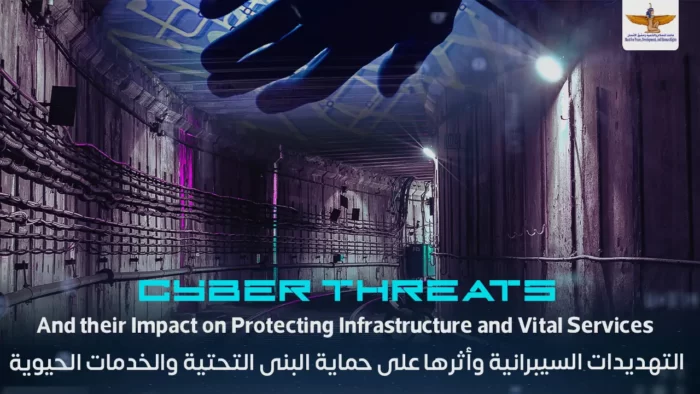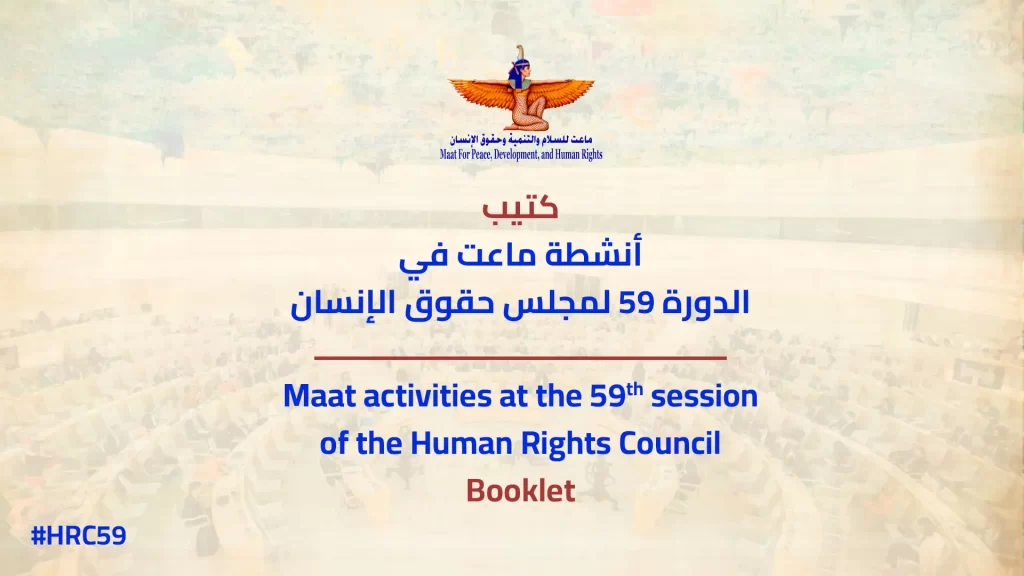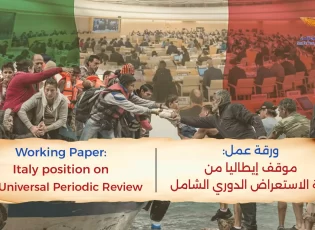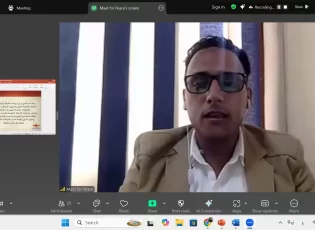Introduction:
International interest in the relationship between security and technology has increased due to two significant dimensions. The first relates to technological progress, the rapid spread of communication and information technology globally, and using it in vital facilities through its multiple applications, whereas the second relates to the possibility of using that progress and the resulting new tools and mechanisms as a means and mediator to threaten the functioning of vital facilities and the global infrastructure due to its transgression of the sovereign borders of states. Actors of all kinds non-peaceful states to non-state actors, use it as a fertile environment. They use cyberspace as an arena for the cold war, psychological warfare, and a war of ideas. They use it to wage wars and terrorism between states, or they use individuals, terrorist groups, hackers, or organized crime in a way that affects cyberspace's civil or peaceful nature.
Cyberspace transformed into a new field for international interactions, so it becamed used in both civil and military. Cyber attacks appeared through two patterns, the first related to soft power in the conflict through cyberspace using wars of ideas and psychological operations. The other pattern is hard power, using viruses and cyberattacks as hostile activity. In this context, cyberspace has become a field for conflicts between all kinds of players, whether state or non-state. Cyber wars are different from traditional wars in the nature of activities, actors, and repercussions on the global security structure and in the opportunities to respond to these new threats. In addition, these attacks have become a critical threat to the work of civil society organizations and human rights defenders.
Thus, cybersecurity threats are subject to the rules and regulations of international law in light of recent technological developments and cybersecurity challenges. Cybersecurity is weapon countries seek to possess and protect from any breach to ensure military information. Also, despite the evolution of the means and methods of war, when drafting the Geneva Conventions in 1949, international humanitarian law was applicable and respected to all parties' activities during the armed conflict. However, it has to develop the law to ensure that it provides adequate protection to the civilian population cannot be ruled out as cyber technology evolves or as its humanitarian impact becomes better evident; States should decide this for themselves.
Hence, Maat for Peace, Development and Human Rights shows interest in the issue by presenting this research paper on the impact of cyber threats on the infrastructure and vital services of countries, through several axes:

 |
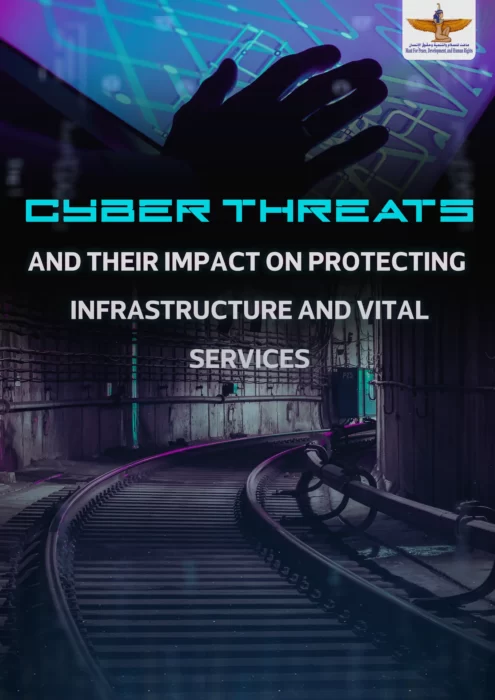 |
shortlink: https://maatpeace.org/en/?p=37133


